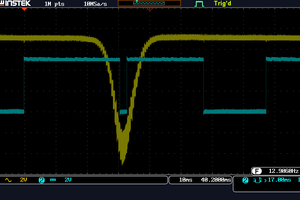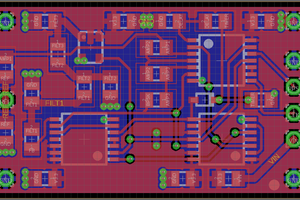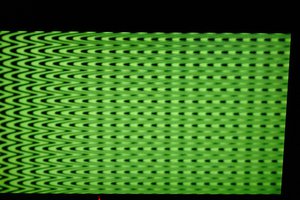The standard RTL-SDRs (and especially ones in a smaller case) drift quite a lot in frequency until they have warmed up. This makes receiving narrow band signals (in the HF bands, using an upconverter) quite hard without periodically readjusting the tune frequency.
A simple fix to this problem is using what is called a temperature compensated crystal oscillator (TCXO).
The problem with the oscillator circuit that drives the R820T(2) tuner and RTL chipset is that it operates at a frequency of 28.8 MHz, which is a non-standard frequency and not easily available from popular electronics distributors.
The idea is to use a 19.2 MHz oscillator and divide that frequency by 2 using a 74AC74 D-type flip flop to 9.6 MHz. As the output of the flip flop will be a square wave, it will contain a significant amount of odd-order (3rd, 5th, 7th etc) harmonics of the 9.6 MHz fundamental frequency. We can use a bandpass filter to filter out the 3rd harmonic of 9.6 MHz which is at the needed frequency of 28.8 MHz.
/dev/ttyS0 actually built a complete oscillator circuit himself, using a 19.2MHz crystal and an inverter biased for linear operation. He then added a capacitor with negative temperature coefficient as part of the resonant circuit to stabilize the output frequency.
I decided to simply use an off the shelf 19.2MHz TCXO, which is an easily available frequency normally used for WiFi or GPS applications. This also means that I don't have to tune the resonant circuit in order to get the desired stabilization.
The circuit is super simple and doesn't need a lot of further explanation. I added a 3.3V low noise LDO from TI and made the PCB as wide as the PCB in the RTL-SDR. This should allow the PCB to be mounted on the backside of the RTL-SDR and allow the original case to still be closed.
The PCB also allows for an edge-launch SMA connector to be soldered in place which could be useful for building an external TCXO.
 Elia
Elia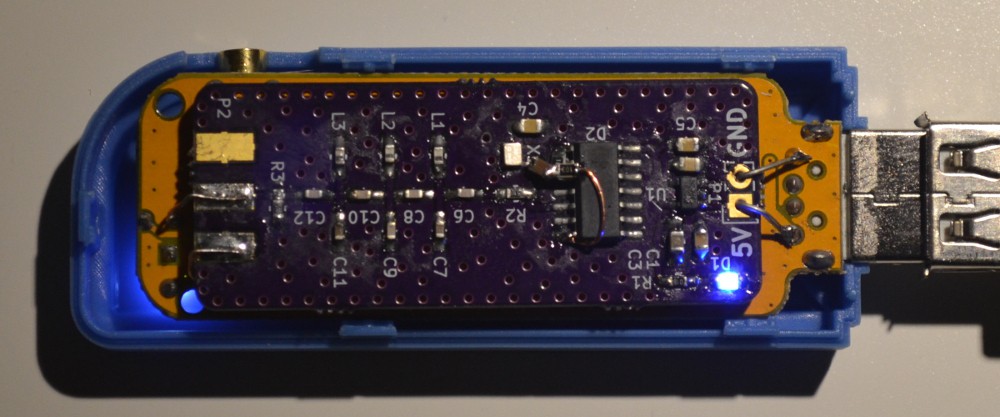
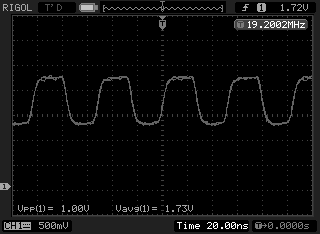
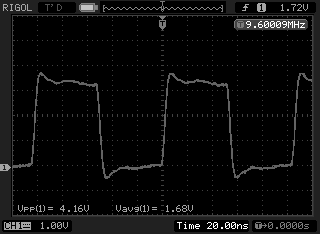
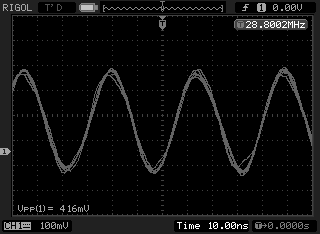
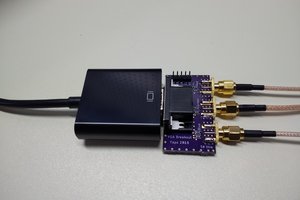
 Ted Yapo
Ted Yapo